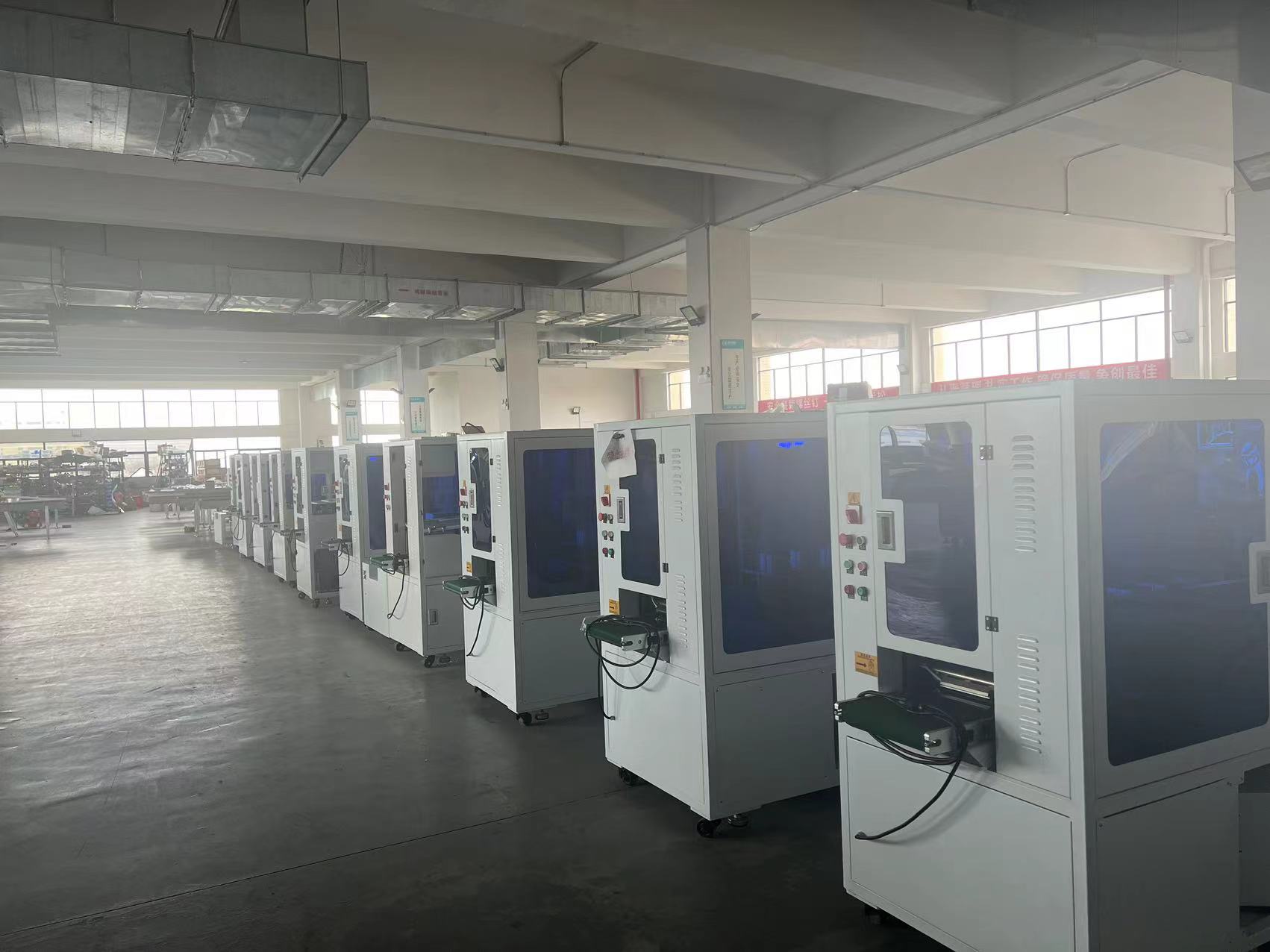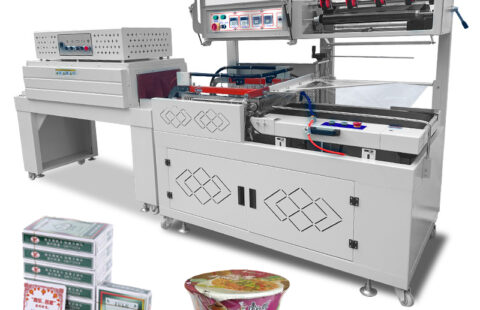
Historical background of packaging machine
Packaging machine, as a vital equipment in modern industrial production, its development history reflects the continuous evolution of industrial technology and production needs. From the initial manual operation to today’s intelligent equipment, the development of packaging machines has not only improved production efficiency, but also changed the face of global logistics and supply chains. This article will deeply explore the development history of packaging machine, introduce its technological evolution and application changes in stages, in order to show the important role of packaging machine in modern society.
First, the early stage: the age of manual and simple machinery
Before the end of the 19th century, packaging was largely manual. Workers use hand tools such as knives and tape for packaging, a method that, while simple, is inefficient and inconsistent in quality. The arrival of the industrial revolution has brought about a preliminary mechanized transformation of the packaging industry. Early packaging machines such as simple manual sealers and paper bag forming machines began to appear, and these devices, although limited in function, laid the foundation for subsequent technological advances.
Second, the mechanization process after the Industrial Revolution
At the beginning of the 20th century, with the deepening of the Industrial revolution, mechanized production gradually became the mainstream. The development of packaging machines has entered a new stage. In the 1910s, the first automatic packaging machine came out, which could automatically complete the basic operations such as filling, sealing and labeling of products. These early automatic packaging machines greatly improved production efficiency and began to find applications in the food, pharmaceutical and cosmetic industries.
In the 1920s, advances in packaging machine technology brought more innovation. For example, the invention of the first continuous packaging machine made the packaging process on the production line more continuous and efficient. Packaging machines in this period are usually driven by mechanical devices and are relatively simple to operate, but they have been able to meet the needs of large-scale production.
Third, the rise of automation and intelligence
In the middle of the 20th century, packaging machine technology entered a new era of automation and intelligence. In the 1950s, with the development of electronic technology, packaging machines began to introduce electronic control systems and sensors, which made the operation of the equipment more accurate and reliable. Fully automatic packaging machines have become the mainstream, and they can complete the entire process from material input to final packaging without human operation.
During this period, the types of packaging machines have also been enriched, including vertical packaging machines, horizontal packaging machines and filling machines. These devices not only increase the speed of production, but also greatly reduce labor costs. Automated packaging machines are widely used in food and beverage, pharmaceutical and cosmetics industries, and their high efficiency and consistency meet the growing market demand.
Fourth, the integration of digital and intelligent technology
In the 21st century, the rapid development of digitalization and intelligent technology has further promoted the progress of packaging machines. The intelligent packaging machine achieves a high degree of automation and adaptive function by integrating advanced sensors, PLC (Programmable logic controller) and data analysis system. Modern packaging machines can monitor the production status in real time and automatically adjust working parameters to ensure the stability of packaging quality and the efficient operation of the production line.
In addition, with the rise of the Internet and Internet of Things technology, the networking function of intelligent packaging machines makes remote monitoring and fault diagnosis possible. This intelligent packaging equipment not only improves production efficiency, but also greatly reduces maintenance costs, and brings significant economic benefits to enterprises.
Fifth, future outlook: the trend of green environmental protection and intelligence
Looking to the future, the development of packaging machines will pay more attention to environmental protection and sustainability. With the increase of global concern for environmental protection, green packaging has become an important trend in the packaging industry. The packaging machine of the future will focus on using recyclable materials, reducing waste and reducing energy consumption to meet environmental challenges.
At the same time, intelligent technology will continue to promote the development of packaging machines. The application of artificial intelligence and machine learning will make packaging equipment more intelligent and efficient. Future packaging machines can not only achieve a higher level of automation, but also self-learn and adjust according to different production needs to adapt to the complex market environment.
conclusion
The development process of packaging machine from the initial manual operation to modern intelligent equipment, has experienced a number of stages of technological evolution. Progress at each stage has promoted the improvement of production efficiency and packaging quality. In the future, with the enhancement of environmental awareness and the advancement of intelligent technology, packaging machines will continue to innovate in a more green and intelligent direction. Understanding the development history of packaging machines can not only help us better understand the evolution of modern production, but also provide valuable experience and inspiration for future technological innovation.




